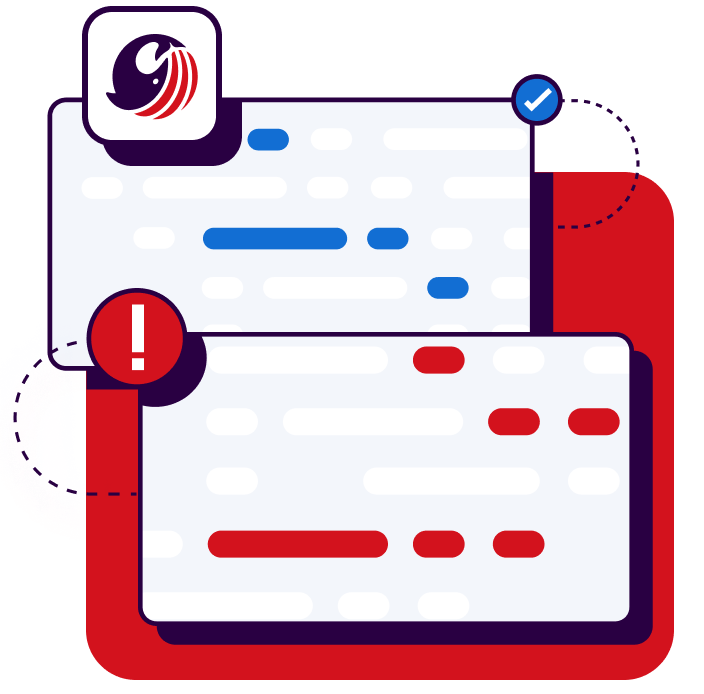Table of contents
What is platform engineering?
Platform engineering is an approach in software development that focuses on creating a robust and efficient ecosystem for developers. It emphasizes the building and maintaining of internal platforms that developers can use to deliver software more quickly, more consistently, and with fewer errors. This ecosystem typically consists of tools, processes, and infrastructure that streamline the development lifecycle and enhance productivity.
Why platform engineering matters
In the competitive landscape of software development, delivering high-quality applications quickly is paramount. Platform engineering addresses this by providing a dedicated environment that minimizes bottlenecks, standardizes processes, and reduces technical debt. It enables organizations to maintain a high velocity of delivery while ensuring compliance and governance standards are met. This approach not only boosts developer productivity but also enhances the overall quality and security of the software.
Platform engineering vs DevOps & SRE: Key differences
While platform engineering may seem similar to DevOps and Site Reliability Engineering (SRE), it has distinct differences. DevOps focuses on the collaboration between development and operations to enable continuous delivery and integration. SRE, on the other hand, is about applying software engineering to infrastructure and operations to create scalable and reliable systems. Platform engineering combines aspects of both but is more focused on creating a self-service environment for developers, allowing them to leverage standardized tools and practices to build and deploy applications efficiently.
What are core principles and pillars of platform engineering?
Self-service and developer experience
A core principle of platform engineering is the creation of a self-service environment where developers can access the tools and resources they need without waiting for approvals or manual interventions. This enhances the developer experience by reducing wait times and empowering developers to take full control of their workflows.
Abstraction and automation
Platform engineering relies heavily on abstraction and automation to simplify complex processes and tasks. By abstracting underlying infrastructure complexities and automating repetitive tasks, developers can focus on writing code and solving business problems rather than managing infrastructure.
Security and governance
Security and governance are integral to platform engineering. The platform must ensure that all applications and services are compliant with security standards and regulatory requirements. This involves implementing robust security measures, monitoring for vulnerabilities, and enforcing governance policies consistently across the development lifecycle.
What are key components of platform engineering?
Internal Developer Platforms (IDPs)
Internal Developer Platforms (IDPs) are a crucial component of platform engineering. IDPs provide a unified environment where developers can build, test, and deploy applications using standardized tools and processes. This not only improves efficiency but also ensures consistency and quality across all development efforts.
Platform teams
Platform teams are dedicated groups responsible for building and maintaining the internal platform. They work closely with development and operations teams to ensure the platform meets the needs of the organization and enables seamless application delivery.
Toolchains and infrastructure
The toolchains and infrastructure that form the backbone of platform engineering must be robust, scalable, and flexible. This includes everything from continuous integration and continuous delivery (CI/CD) pipelines to monitoring and observability tools. A well-architected infrastructure ensures high availability, performance, and security of applications.
Essential tools and technologies
The success of platform engineering depends on the right set of tools and technologies. Commonly used tools include Kubernetes for container orchestration, Jenkins or SonarQube for CI/CD, Terraform for infrastructure as code, and Prometheus for monitoring. These tools provide the foundation for building and maintaining a scalable and reliable platform.
What is a typical platform engineering workflow?
A typical platform engineering workflow involves several stages, including planning, development, testing, deployment, and monitoring. Each stage is supported by automated tools and processes that ensure consistency and efficiency. Developers can push code changes quickly and safely, knowing that the platform will handle the underlying infrastructure and deployment tasks.
What are platform engineering best practices?
Building a platform team
Creating a successful platform engineering initiative starts with building the right team. This includes hiring experienced engineers who understand the intricacies of platform development, as well as fostering a culture of collaboration and continuous improvement.
Overcoming adoption challenges
Adopting platform engineering can present challenges, such as resistance to change, lack of expertise, and initial setup costs. To overcome these hurdles, it's important to have executive buy-in, clear communication of the benefits, and a phased implementation approach. Providing training and support to development teams can also help ease the transition and ensure successful adoption.
Measuring ROI
Measuring the return on investment (ROI) of platform engineering involves tracking various metrics that indicate increased developer productivity, reduced time to market, improved software quality, and lower operational costs. Key performance indicators (KPIs) might include deployment frequency, change lead time, mean time to recovery (MTTR), and defect rates. By demonstrating tangible improvements in these areas, organizations can validate the value of their investment in platform engineering.
Platform engineering and SonarQube
SonarQube is a powerful tool for platform engineering teams, providing automated code review, security analysis, and standardized compliance checks across the entire software development lifecycle to ensure code quality. By integrating seamlessly into CI/CD pipelines and developer tools, SonarQube reduces manual review bottlenecks, enforces consistent coding standards, and offers real-time actionable feedback to developers, minimizing cognitive load and streamlining workflows.
Its robust security scanning helps identify vulnerabilities and ensures continuous compliance with organizational and industry regulations. As a centralized solution, SonarQube allows platform engineers to empower developers to code without worrying about adherence to organizational guidelines. This can help them improve developer experience, scale best practices, and maintain high standards of reliability and productivity in modern software delivery.

